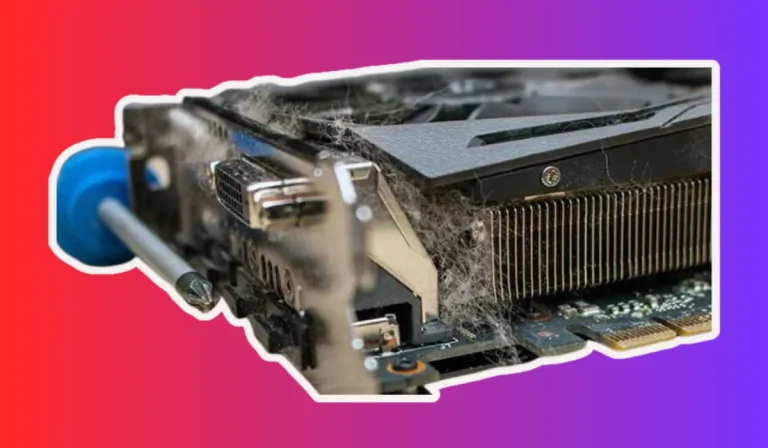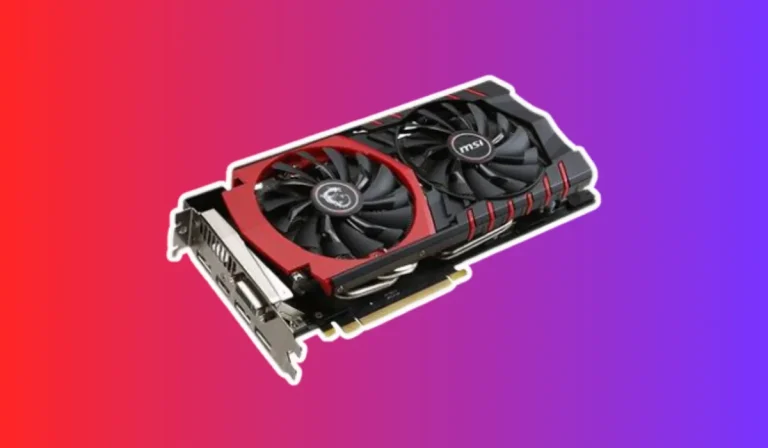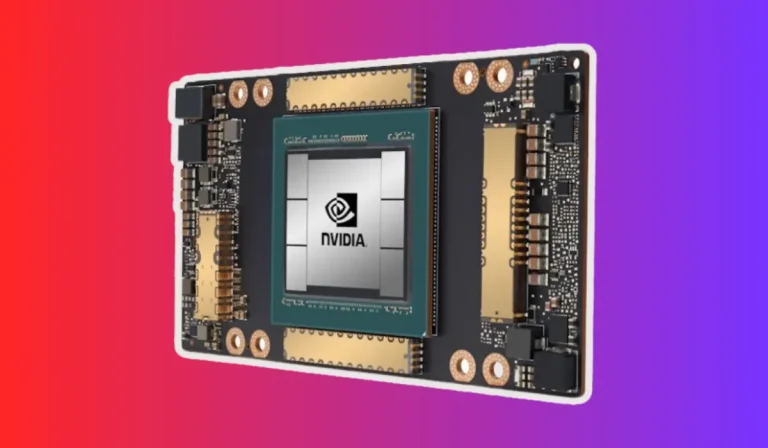How To Bypass Graphics Card Requirements?
Are you tired of being limited by graphics card requirements? We have the solution for you! In this guide, we’ll show you how to bypass those pesky restrictions and unlock a world of possibilities for your gaming experience. No more being held back by outdated hardware – it’s time to take control and level up!
Limitations of Graphics Card Requirements
While graphics card requirements provide a baseline for system compatibility, it’s important to understand their limitations. We will delve into the constraints imposed by graphics card requirements and how they can impact your gaming and software experiences.
Compatibility Constraints
Graphics card requirements are designed to ensure that games and software run smoothly on a specific range of hardware configurations.
However, these requirements can be limiting, as they often focus on the latest technologies and may exclude older or less powerful graphics cards.
This can prevent users with older systems from accessing certain applications or experiencing the full potential of newer software.
Performance Limitations
Meeting the minimum graphics card requirements doesn’t guarantee optimal performance. While you may be able to run a game or software, you might encounter lower frame rates, reduced visual quality, or limited access to advanced features.
To fully enjoy the immersive and high-performance experience, it’s often necessary to meet or exceed the recommended graphics card requirements.
Upgradability Challenges
Graphics card requirements can pose challenges when upgrading your system. As technology advances, newer games and software demand more powerful graphics cards.
If your current graphics card falls short of the requirements, you may need to invest in a new one to keep up with the latest releases.
This can be costly and time-consuming, especially if other components of your system also need upgrading to accommodate the new graphics card.
Step-by-Step Guide: Bypassing Graphics Card Requirements
Ready to unlock the full potential of your gaming experience? We will provide you with a step-by-step guide on how to bypass graphics card requirements.
By following these instructions, you’ll be able to enjoy games and software that were previously off-limits due to compatibility issues.
Method 1: Modifying the System Registry
The system registry is a database that stores important settings and configurations for your Windows operating system. By making a few modifications to the registry, you can trick your system into bypassing graphics card requirements
1. Backup your registry: Before making any changes, it’s crucial to create a backup of your registry to ensure you can revert if anything goes wrong.
2. Access the registry editor: Open the “Run” dialog by pressing Windows + R, then type “regedit” and hit Enter. This will launch the registry editor.
3. Navigate to the graphics card settings: Use the left-hand sidebar to navigate to the following registry key: HKEY_LOCAL_MACHINE\Software\Microsoft\DirectX.
4. Modify the “FeatureLevelLimit” value: Double-click on the “FeatureLevelLimit” DWORD value and change its value data to “0000” (four zeros).
5. Save and close the registry editor: Click OK to save the changes and exit the registry editor.
6. Restart your computer: To ensure the changes take effect, restart your computer.
Method 2: Using Third-Party Software
If modifying the system registry seems daunting, there are third-party software solutions available that can help you bypass graphics card requirements with ease. These software tools work by emulating or tricking your system into thinking that you have a compatible graphics card.
1. Research and choose reliable software: Look for reputable software that specializes in bypassing graphics card requirements. Read reviews and user experiences to ensure you select a trustworthy option.
2. Download and install the software: Visit the official website of the software provider and download the installation file. Follow the on-screen instructions to install the software on your system.
3. Configure the software: Once installed, open the software and navigate through the settings to configure it according to your needs. Pay attention to any specific instructions provided by the software provider.
4. Launch your game or software: With the third-party software running in the background, launch your desired game or software. The software should intercept the graphics card requirements and allow you to proceed without any issues.
Safety Precautions and Risks
While bypassing graphics card requirements can open up exciting possibilities, it’s important to be aware of the safety precautions and potential risks involved. We will discuss the necessary precautions to take and the risks you should consider before proceeding.
Safety Precautions
1. Backup your data: Before making any changes to your system or installing third-party software, it is crucial to back up your important files and data.
In case anything goes wrong during the process, you can restore your system to its previous state without losing any valuable information.
2. Research and choose reliable sources: When it comes to third-party software or modifications to the system registry, it’s essential to rely on reputable sources.
Look for well-known software providers or trusted communities that have positive reviews and feedback from users. This will help minimize the risk of malware or potential harm to your system.
3. Read instructions carefully: Whether you are modifying the registry or using third-party software, carefully read and follow the instructions provided. Skipping or misunderstanding a step can lead to unintended consequences or system instability.
Risks
1. System instability: Bypassing graphics card requirements may result in system instability, causing crashes, freezes, or unexpected errors.
This can affect not only your gaming experience but also the overall performance of your computer. Be prepared for potential issues and have a backup plan in case you encounter stability problems.
2. Compatibility issues: While bypassing graphics card requirements may allow you to run specific games or software, there is a possibility of encountering compatibility issues.
Certain features or functionalities may not work as intended or could be completely incompatible with your system. Always check user reviews and experiences to gauge the level of compatibility.
3. Voiding warranties and support: Modifying the system registry or using third-party software to bypass graphics card requirements might void warranties provided by manufacturers.
Additionally, it may make it difficult to receive technical support or updates from official sources. Consider these implications before proceeding.
FAQ’s
1. Can bypassing graphics card requirements cause damage to my computer?
Bypassing graphics card requirements carries some risks, such as system instability, crashes, or compatibility issues. While it doesn’t directly cause physical damage to your computer, it’s crucial to proceed with caution and back up your data before attempting any modifications.
2. Will bypassing graphics card requirements void my warranty?
Modifying the system registry or using third-party software to bypass graphics card requirements may void warranties provided by manufacturers. It’s important to consider this implication before proceeding and understand that official technical support may be limited.
3. Are there any legal implications to bypassing graphics card requirements?
Generally, bypassing graphics card requirements for personal use is not illegal. However, it’s essential to respect software licensing agreements and terms of use. Always ensure that you are using legitimate copies of software and comply with any restrictions imposed by developers.
4. Can bypassing graphics card requirements improve game performance?
Bypassing graphics card requirements may allow you to run games or software that were previously incompatible with your system. However, it does not guarantee improved performance.
The actual performance will depend on various factors, including the capabilities of your hardware and the optimization of the software itself.
5. Is there a risk of malware when using third-party software to bypass graphics card requirements?
While there is a risk of encountering malicious software when downloading third-party applications, it can be minimized by choosing reputable sources.
Research and read reviews before downloading software to ensure you are using a reliable and trusted solution. Additionally, having reliable antivirus software installed can provide an extra layer of protection.
Conclusion
Bypassing graphics card requirements can unlock a world of possibilities for gamers and software enthusiasts. However, it’s important to proceed with caution, take necessary safety precautions, and be aware of the potential risks involved.
By understanding the risks and following reliable methods, you can enhance your gaming experience and explore new software without being limited by hardware constraints.



